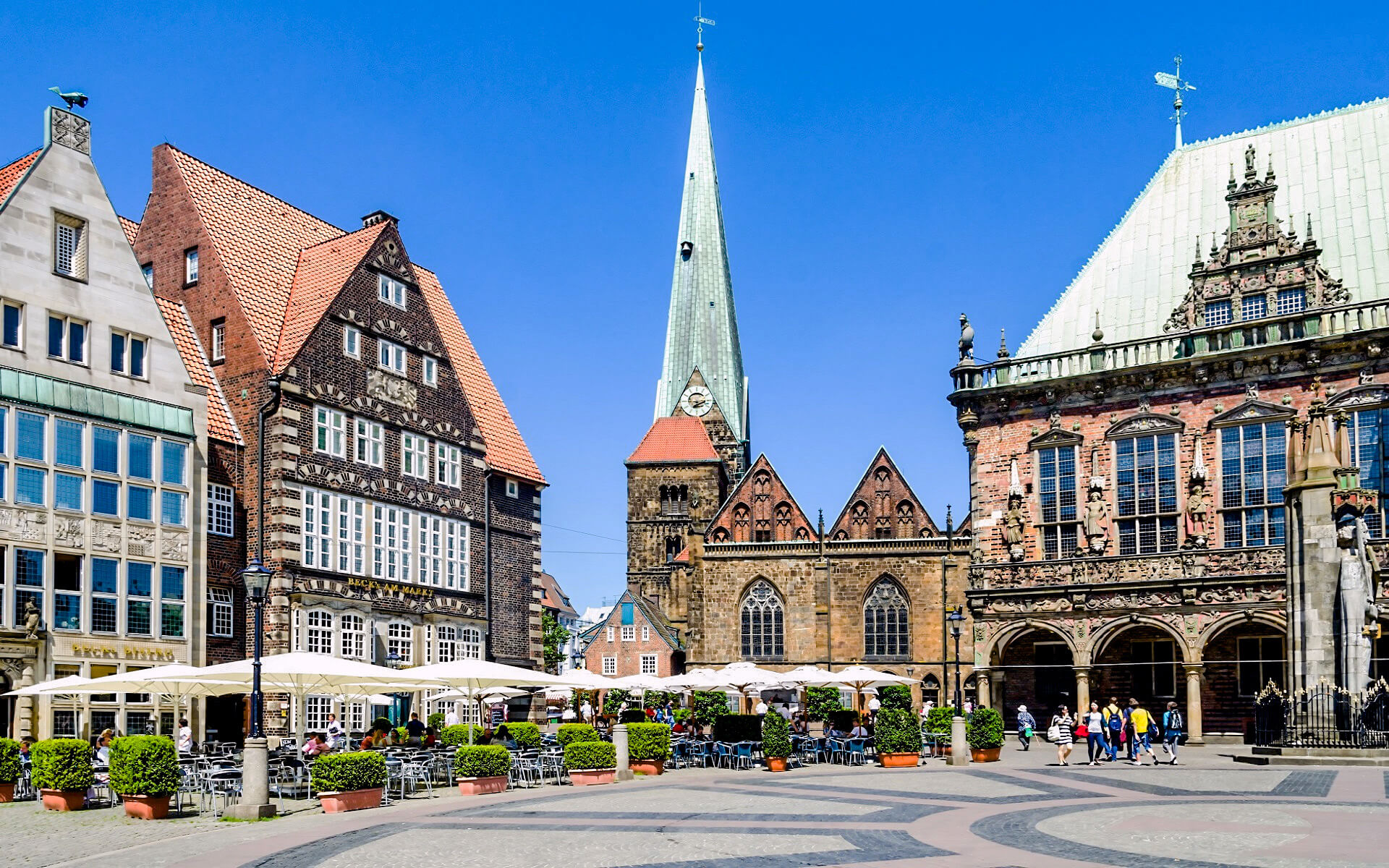Bremen had a GDP per capita of $53,379 in 2013, according to statistics from the Organization for Economic Cooperation and Development, which was greater than the average for Germany as a whole. In contrast, the World Bank stated Germany had a GDP per capita of $46,268 in 2013, while the EU as a whole had a GDP per capita of $35,408 in the same year.
Bremen, after Hamburg, is the region’s second development center. It is part of Airbus SAS’s manufacturing network, and it is where the wing units for all widebody Airbus aircraft are equipped, as well as tiny sheet metal components are manufactured. Another focus is structural assembly, which includes metal landing flaps. The construction of the landing flaps (high lift systems) is done here as part of the Airbus A380 manufacturing process. Before the A400M military transport aircraft is delivered to Spain, the fuselage portion (except the cockpit) is pre-assembled.
Bremen, Germany’s second biggest Airbus facility, employs about 3,100 people. Bremen is responsible for the design and construction of high-lift systems for Airbus aircraft wings as part of the Centre of Excellence – Wing/Pylon. The project office, technology engineering, flight physics, system engineering, structure development, verification testing, structural assembly, wing outfitting, and ultimate delivery to the final assembly line are all formed here. In addition, as part of the Centre of Excellence – Fuselage and Cabin, Bremen produces sheet metal elements such as clips and thrust crests for all Airbus aircraft.
Bremen is home to an EADS Astrium factory as well as the headquarters of OHB-System, the European Union’s first and third space firms.
Mercedes-Benz also has a plant in Bremen that produces the C, CLK, SL, SLK, and GLK models.
Beck’s and St Pauli Girl beers are made in Bremen by Beck & Co. When Bremen’s port was the “key to Europe,” the city boasted a significant number of wine importers, but that number has since shrunk to a mere few. Aside from that, there is another connection between Bremen and wine: exceptional wines were made here about 800 years ago. The world’s biggest wine cellar is situated in Bremen (below the city’s main plaza), and it was previously estimated to house over a million bottles, but it was looted by occupying troops during WWII.
Bremen is home to many food-producing or trading companies with German or European headquarters, including Anheuser-Busch InBev (Beck’s Brewery), Kellogg’s, Kraft Foods (Kraft, Jacobs Coffee, Milka Chocolate, Milram, Miràcoli), Frosta (frosted food), Nordsee (chain of sea fast food), Melitta Kaffee, Eduscho Kaffee, Azul Kaffee, Vitakraft (pet food for birds and fishes).


